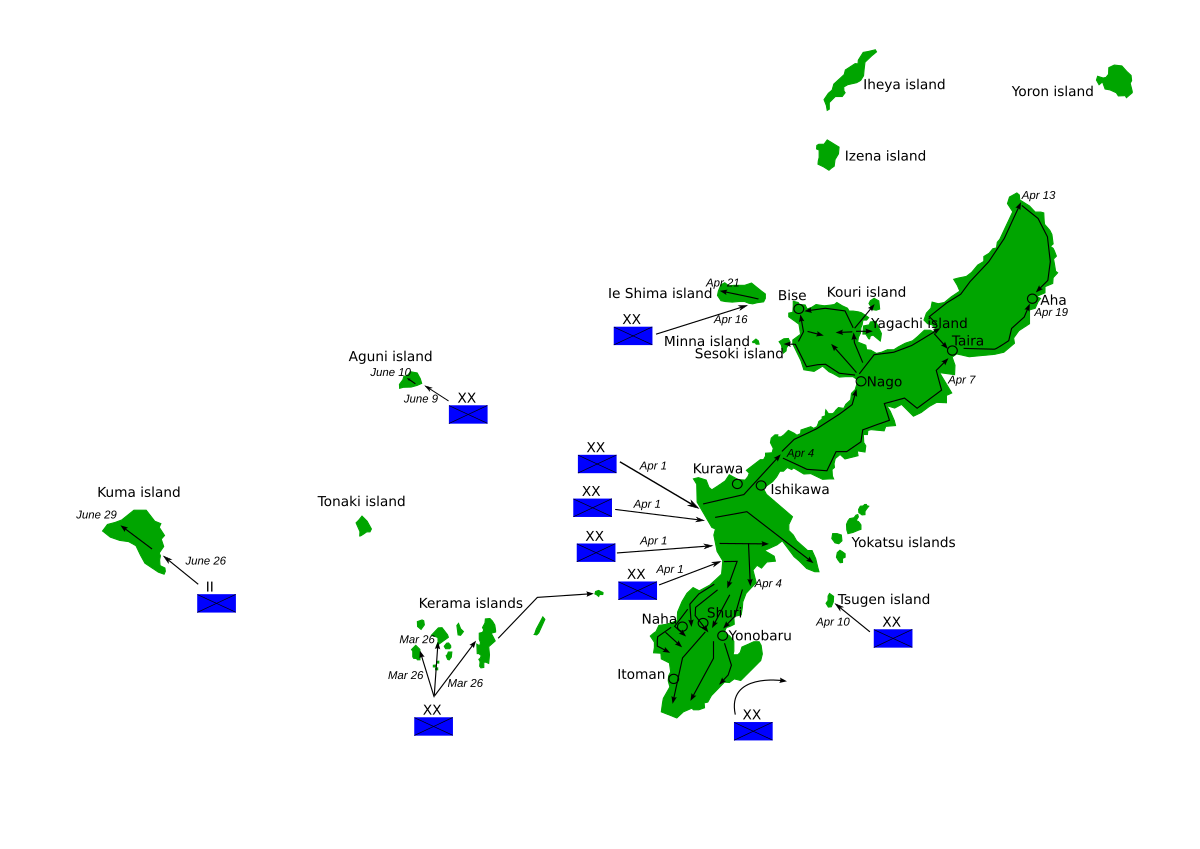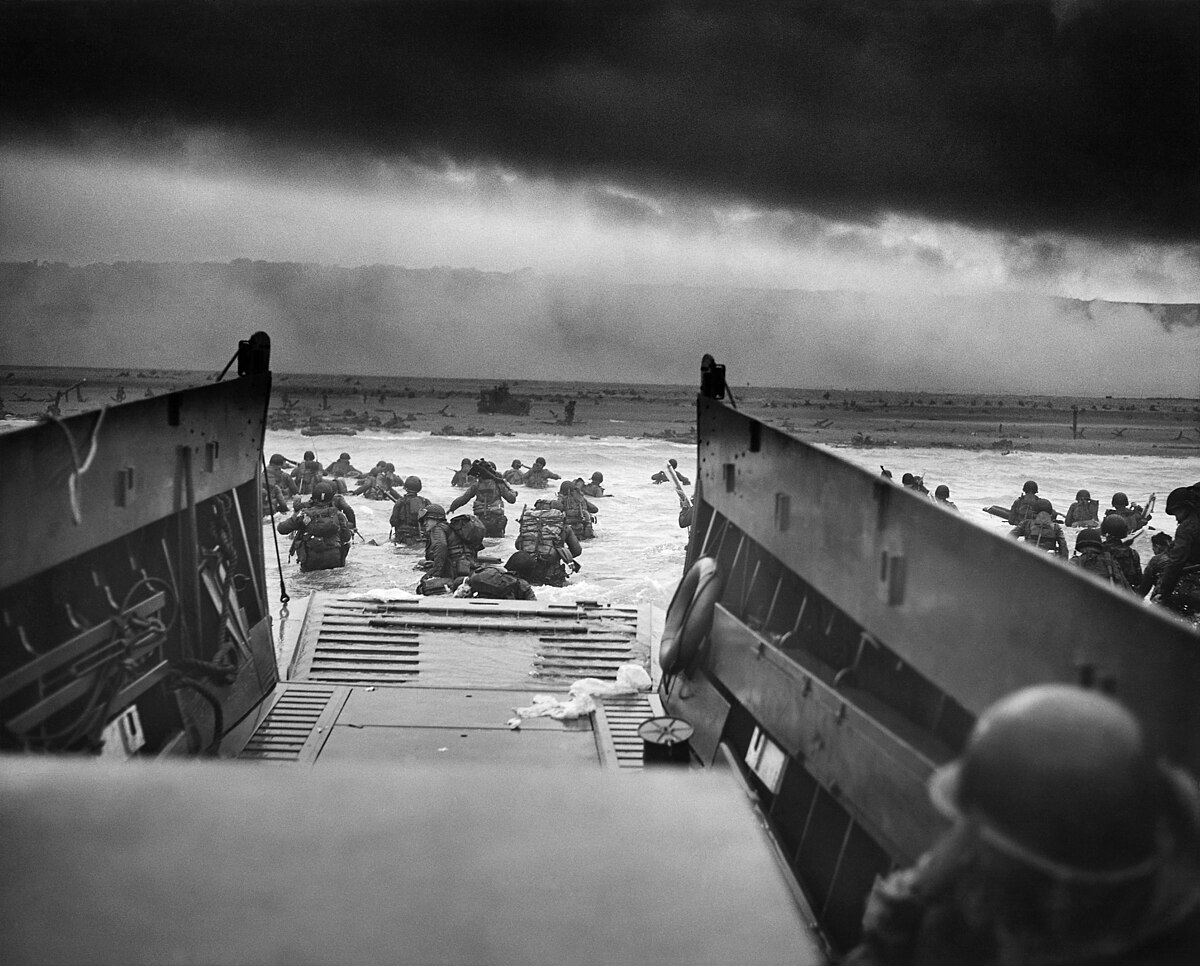J.A.W.
Banned
But the Lavochkin I-15 had a retractable undercart, & more power, IIRC.The CR.42 was the best biplane of ww2 imo
Follow along with the video below to see how to install our site as a web app on your home screen.
Note: This feature may not be available in some browsers.
Ad: This forum contains affiliate links to products on Amazon and eBay. More information in Terms and rules
But the Lavochkin I-15 had a retractable undercart, & more power, IIRC.The CR.42 was the best biplane of ww2 imo
Thank you Shortround. To go along with this here are comparable lists from Normandy:From Wiki.

Okinawa naval order of battle - Wikipedia
en.wikipedia.org
Down at the bottom
Allied logistics and support vessels
3 seaplane tenders
3 small seaplane tenders
and others.
Logistics and Support Vessels
49 oilers
16 ammunition ships
9 cargo ships
8 hospital ships
6 reefers (store ships)
2 survey ships:
2 stores-issue ships:
9 gasoline tankers
6 station tankers
10 repair ships
6 floating drydocks
12 fleet tugs
4 ocean tugs, 3 ocean tugs
The total number of ships may have been smaller than Normandy,
But the mix of ships was rather different.

That is almost certainly true. However, there will be new participants in the discussion, people who didn't see the earlier discussions, perhaps because they weren't yet members of this community. This discussion will be all new to them. Let them enjoy.PS. I bet no new arguments will appear here.
I'd say it's a quite different proposition to sail an invasion fleet across the ocean vs a relatively short jump across the channel, and that reflects in the kinds of ships involved. Neptune probably included things like trawlers pressed into service as minesweepers, tugboats and whatnot. Perhaps it would be more helpful to compare the number of personnel involved, or the total ship tonnage, rather than the number of ships?The fleet at Okinawa had far more combat vessels than the Operation Neptune fleet. There seem to be two ways to talk about the fleet at Normandy and two numbers. The June 6th fleet seems to be around 1500 vessels and the whole Operation Neptune fleet includes 5000 vessels. Perhaps someone can shed light on this. The Okinawa fleet is listed around 1600 vessels.
That is almost certainly true. However, there will be new participants in the discussion, people who didn't see the earlier discussions, perhaps because they weren't yet members of this community. This discussion will be all new to them. Let them enjoy.
I think you mean the 1-153?But the Lavochkin I-15 had a retractable undercart, & more power, IIRC.
The CR.42 may have been one of the most active biplane fighters of WW2, but the best? One could argue that the I-153 is better than either the Falco or Gloster Gladiator and Grumman F3F.The CR.42 was the best biplane of ww2 imo


Fleet of warships, sure but as for all the LST type stuff, & logistic support 'Mulberry' artificial harbours/pipe line layers etc.
The air-fleets Overlord mustered were orders of magnitude greater of course, as was the contribution from other Allies.
(Not to take anything away from the stupendous logistics issues the USN had to master for the US Army to boot-stomp Okinawa)
Edit: Fixed typo.
Finally had a moment at lunch to pull this comparison of combat vessels together:Yeah, the logistics in the Pacific were just as difficult in their own way as the cross-Channel supply of the 6 Jun invasion. The air fleets mustered for Forager, Iwo, Okinawa, and almost every other Pacific battle had to bring their own floating airfields thousands of miles to the battle, for instance. Every shell and bullet came from Pearl Harbor. Any damaged ships that couldn't be repaired on-scene had to sail a couple of thousand miles to Ulithi.
The Pacific, while second in priority to ETO, was no "backwater".
| Okinawa | Normandy |
| 16 Fleet Carriers (UK+US) | none |
| 6 Light Carriers (US) | none |
| 22 Escort Carriers | none |
| 8 Fast Battleships | none |
| 12 Old Battleships (US+UK) | 7 (US+UK) |
| 2 Large Cruisers | none |
| 12 Heavy Cruisers (US+UK) | 5 (US+UK) |
| 20 Light Cruisers (US+UK) + 4 Anti Aircraft Cruisers (US) | 17 (US+UK) |
| 146 Destroyers (US+UK) + 45 Destroyer Escorts (US+UK) | 139 Destroyers/Destroyer Escorts (US+UK) |
Appreciate the post. Thanks.Finally had a moment at lunch to pull this comparison of combat vessels together:
Okinawa Normandy 16 Fleet Carriers (UK+US) none 6 Light Carriers (US) none 22 Escort Carriers none 8 Fast Battleships none 12 Old Battleships (US+UK) 7 (US+UK) 2 Large Cruisers none 12 Heavy Cruisers (US+UK) 5 (US+UK) 20 Light Cruisers (US+UK) + 4 Anti Aircraft Cruisers (US) 17 (US+UK) 146 Destroyers (US+UK) + 45 Destroyer Escorts (US+UK) 139 Destroyers/Destroyer Escorts (US+UK)
There is a huge separation in number of aircraft involved with roughly 12,000 aircraft involved in the Normandy Landing and 3,000 involved in Okinawa. Naval aircraft in the invasion is roughly 1,900 - 2,000 with the additional 1,000 B-29's involved in the pre-landing bombing campaign. The air war at Okinawa was particularly savage as the Japanese implemented a massive kamikaze offensive. I don't have the exact number, but I believe aircraft losses at Okinawa are around 700.
That's easy! The Belgians!Next topic, who had the best beer in WWII...

The Czechs!That's easy! The Belgians!
Thank you, sir.In addition to the 17 Light Cruisers listed at Normandy, there were three others. One Polish Navy and Two (free) French Navy.
Also, in addition to the 139 DDs and DEs listed at Normandy, there was an additional seventeen that were French, Polish, Greek and Norwegian.
Propeller design is in the same realm as witchcraft.
Things to consider are
diameter (disk area)
Blade area (disk solidity?)
Blade airfoil/s.
Blade profile (?), like where on the blade the area was, near the hub the root of the blade did very little for propulsion. At times they tried to get that area to aid in cooling.
Number of blades but see Blade area...
They're one trick ponies!The Czechs!
Dunno - Budvar, Pilsner Urquell, Kozel - not to mention the Bulgarian Zagorka and Kamonitsa, based in Czech recipes from the 1800's.They're one trick ponies!
Well, in terms of effort/manpower/priority #1, defeating Hitler was always priority #1 (USAAF lost more airmen in 'strategic' air-raids,Yeah, the logistics in the Pacific were just as difficult in their own way as the cross-Channel supply of the 6 Jun invasion. The air fleets mustered for Forager, Iwo, Okinawa, and almost every other Pacific battle had to bring their own floating airfields thousands of miles to the battle, for instance. Every shell and bullet came from Pearl Harbor. Any damaged ships that couldn't be repaired on-scene had to sail a couple of thousand miles to Ulithi.
The Pacific, while second in priority to ETO, was no "backwater".
"Backwater" in % terms of application of force/logistics, excepting a couple of real expensive (in $ terms) items - the B-29/Manhattan deals.There is a huge difference between the Pacific Theater and the European/Mediterranean theaters.
The casualty ratio (percentage) was far higher in the Pacific than in Europe due to the ratio of manpower committed and the nature of combat over geography. And U.S. casualties for the Army, Navy, Marines and Coast Guard were high for the manpower committed.
Calling it a backwater is weird, as the combat was as savage, if not more, than in Europe.
The Aluetians area may have been a "backwater", since it was not a strategic front.